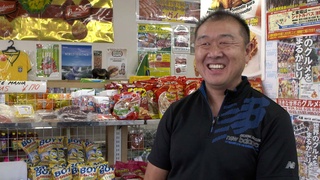Entrevistas
How Yoshitaro Amano got to South America (Japanese)
(Japanese) Was it his dream? Walk around Yokohama even a little and you’ll see a bridge called the Bankoku Bashi (Bridge to the World). From there, you can see the Hikawa-Maru and other ships. Back then, it wasn’t airplanes but ships that people all over the world traveled on, you see. Ships traversed the globe and if you always saw them, you’d probably eventually want to work in a foreign country, too. Well, that’s fate for you, to sell all your worldly possessions, travel the world and find the best place. Amano ended up in South America, in Panama, no less—and he decided that that was the best place for him. If you’re in the business of moving commercial merchandise, Panama’s shipping volume is enormous. Compared to other places in South America, the volume of shipped goods is, of course, the highest there. So Amano set up a residence in Panama before the war, where business was very strong. When business was thriving right before the Second World War, he was working in the the biggest discount shop in Panama, or I should say, the biggest department store in Panama.
Data: May 7, 2007
Localização Geográfica: California, US
Entrevistado: Yoko Nishimura
País: Watase Media Arts Center, Japanese American National Museum






